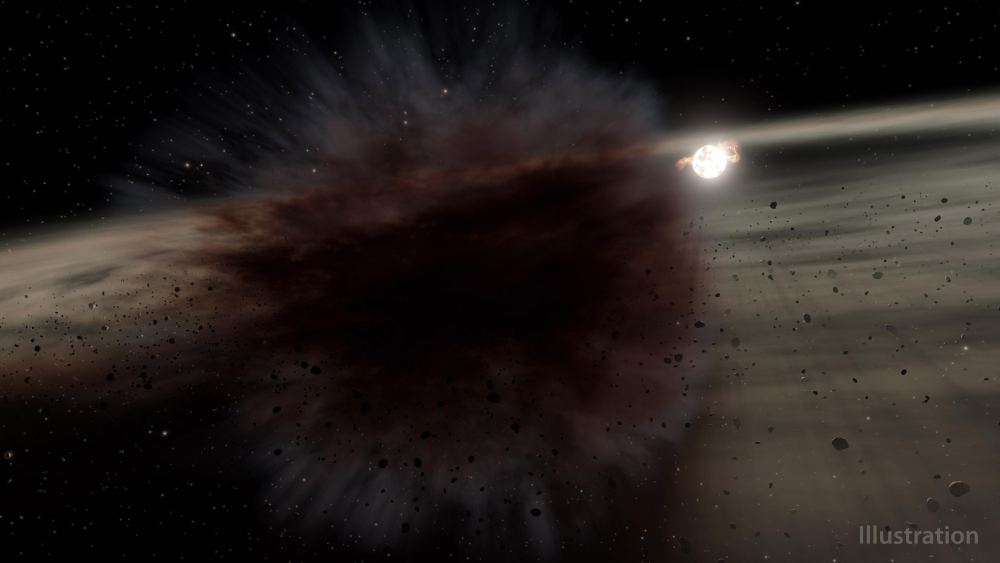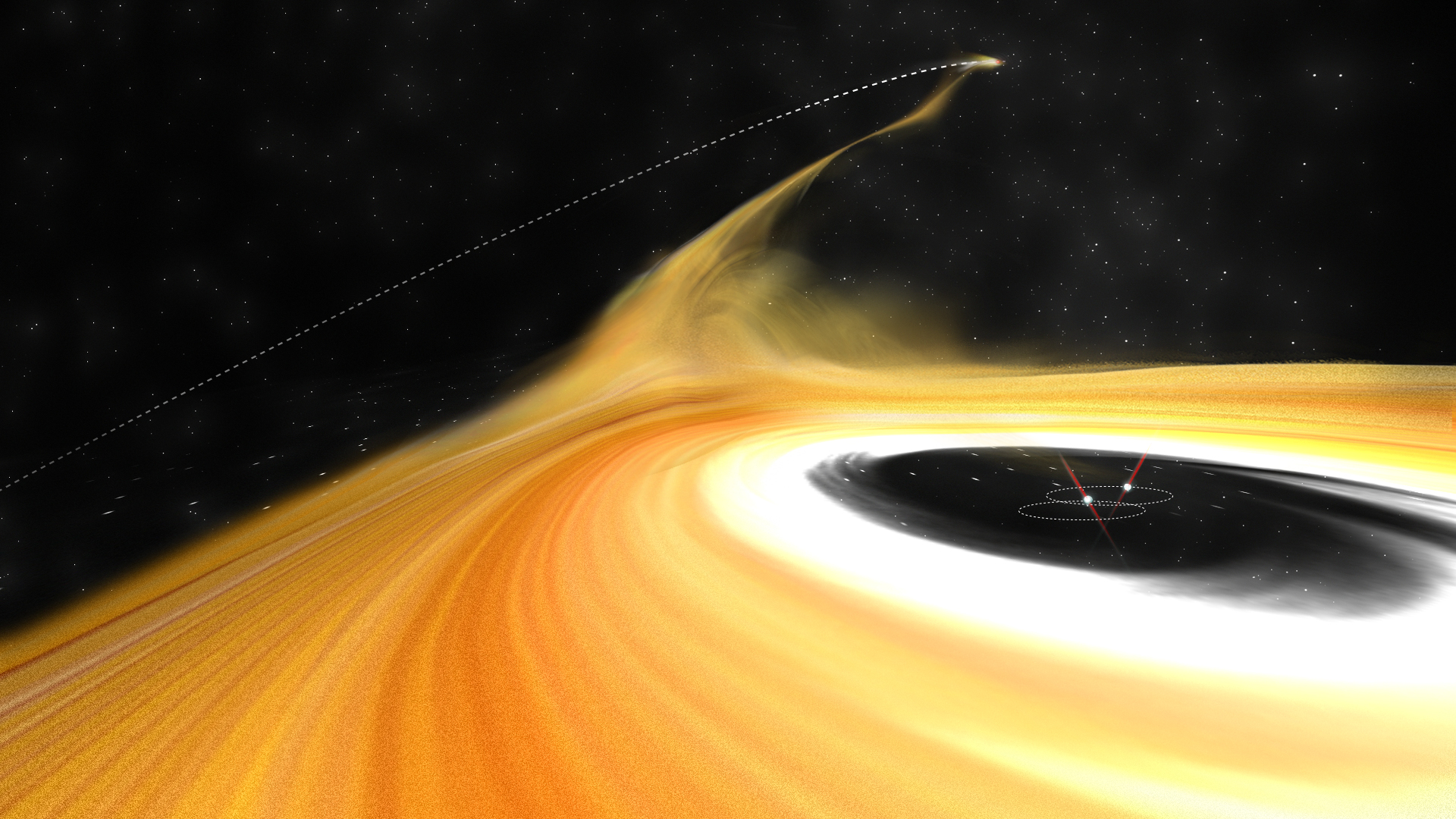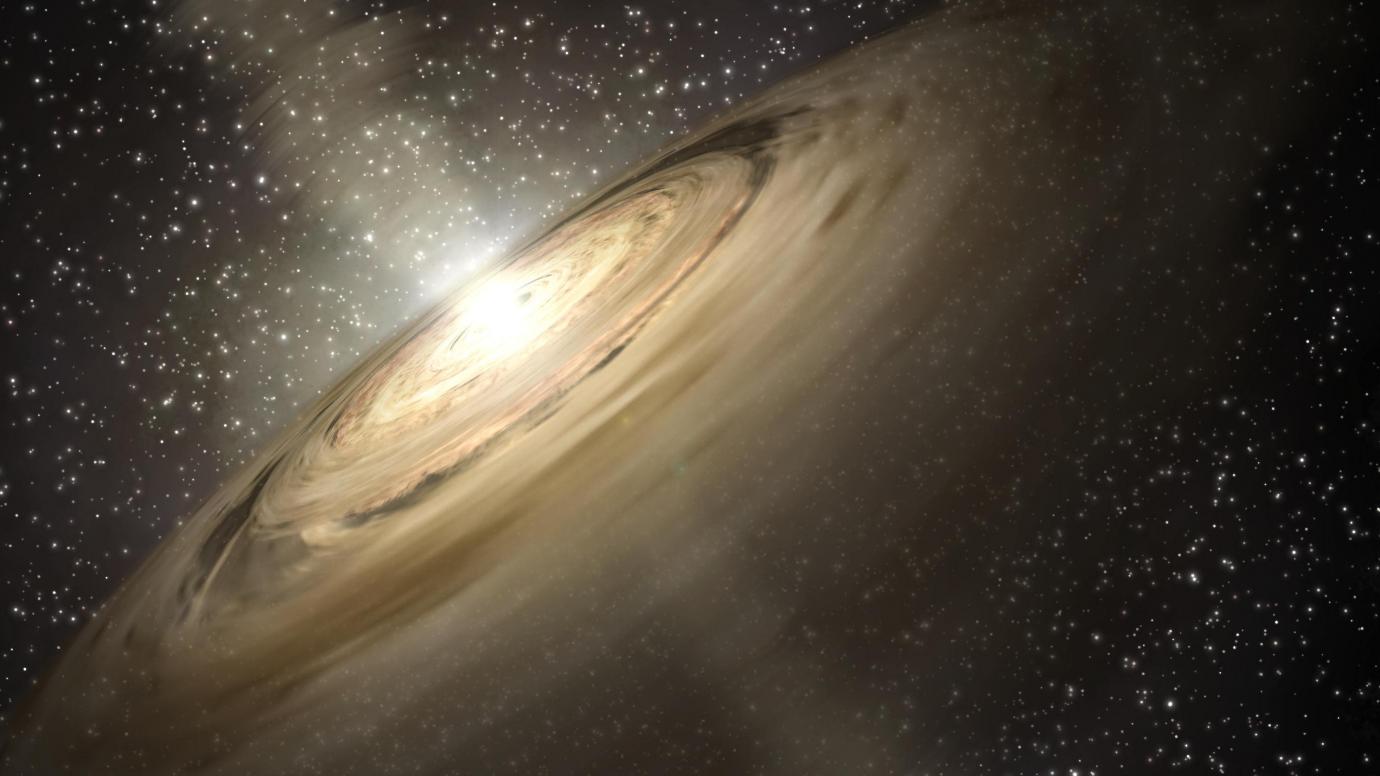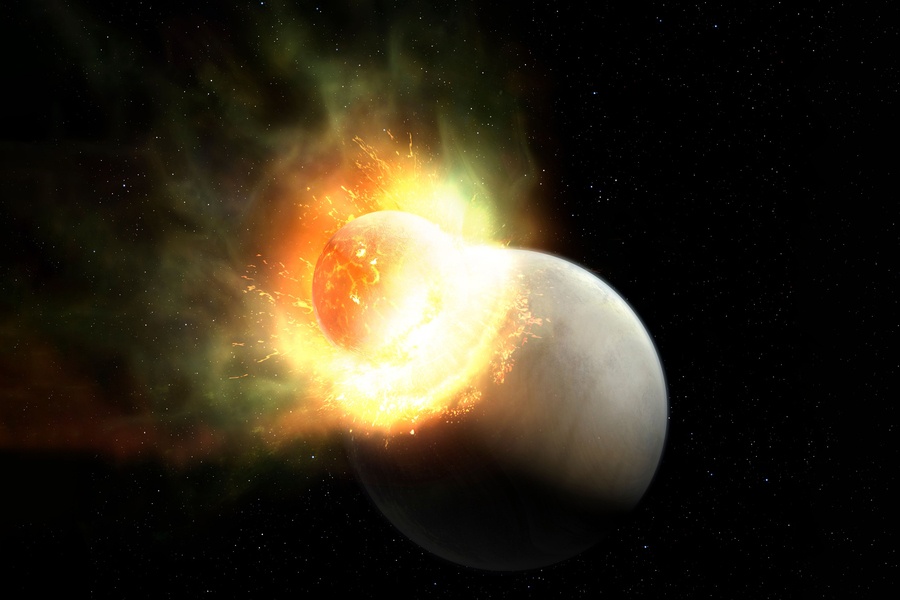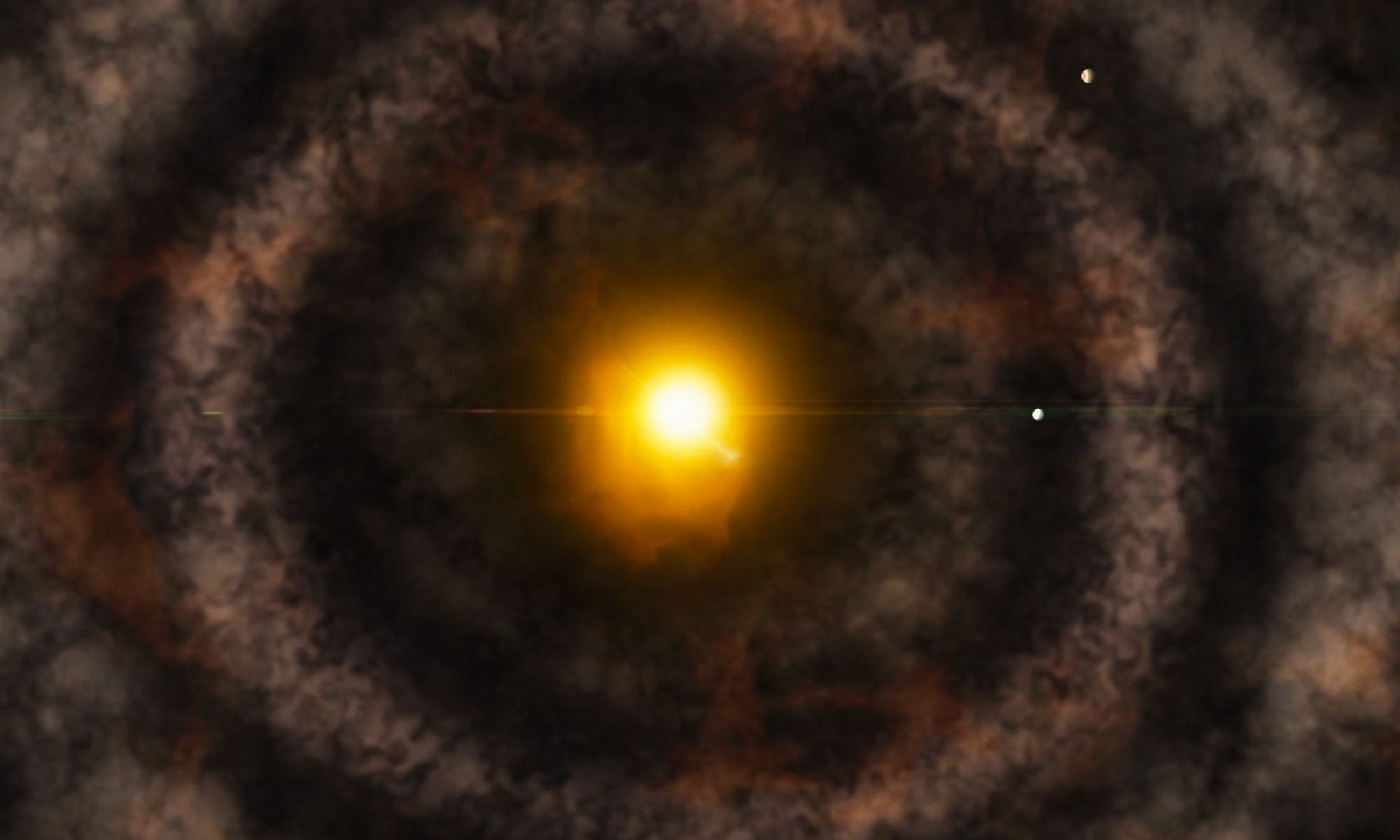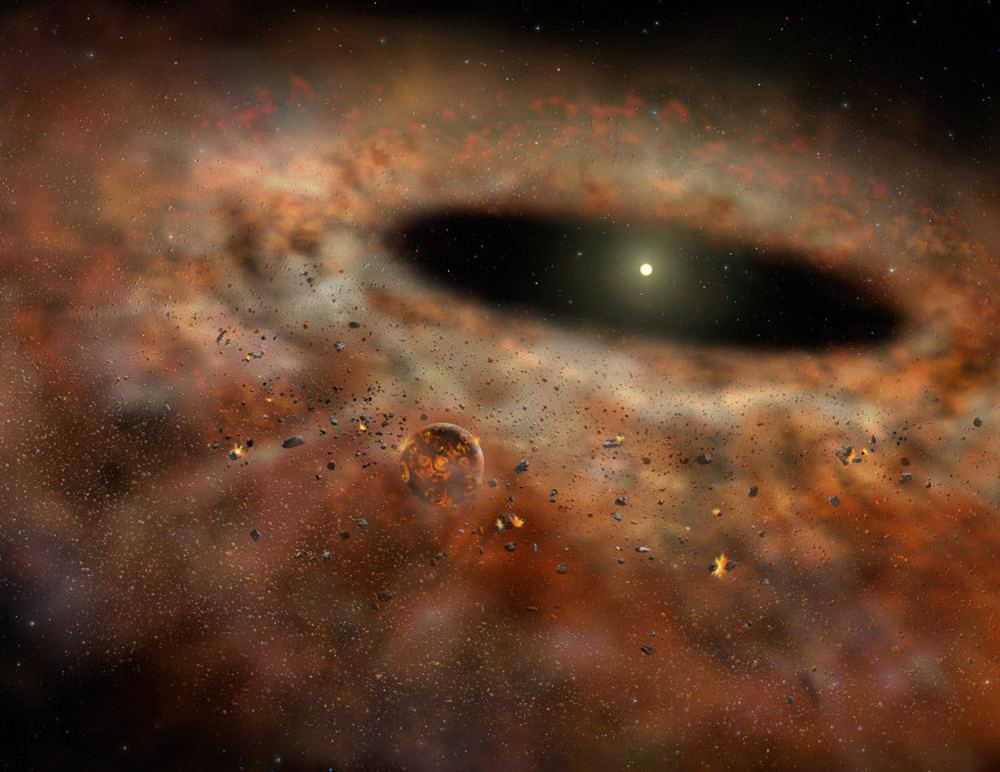Our Solar System was born in chaos. Collisions shaped and built the Earth and the other planets, and even delivered the building blocks of life. Without things smashing into each other, we might not be here.
Thankfully, most of the collisions are in the past, and now our Solar System is a relatively calm place. But frequent collisions still occur in other younger solar systems, and astronomers can see the aftermath.
Continue reading “Astronomers See the Wreckage Where Planets Crashed Into Each Other in a Distant Star System”
